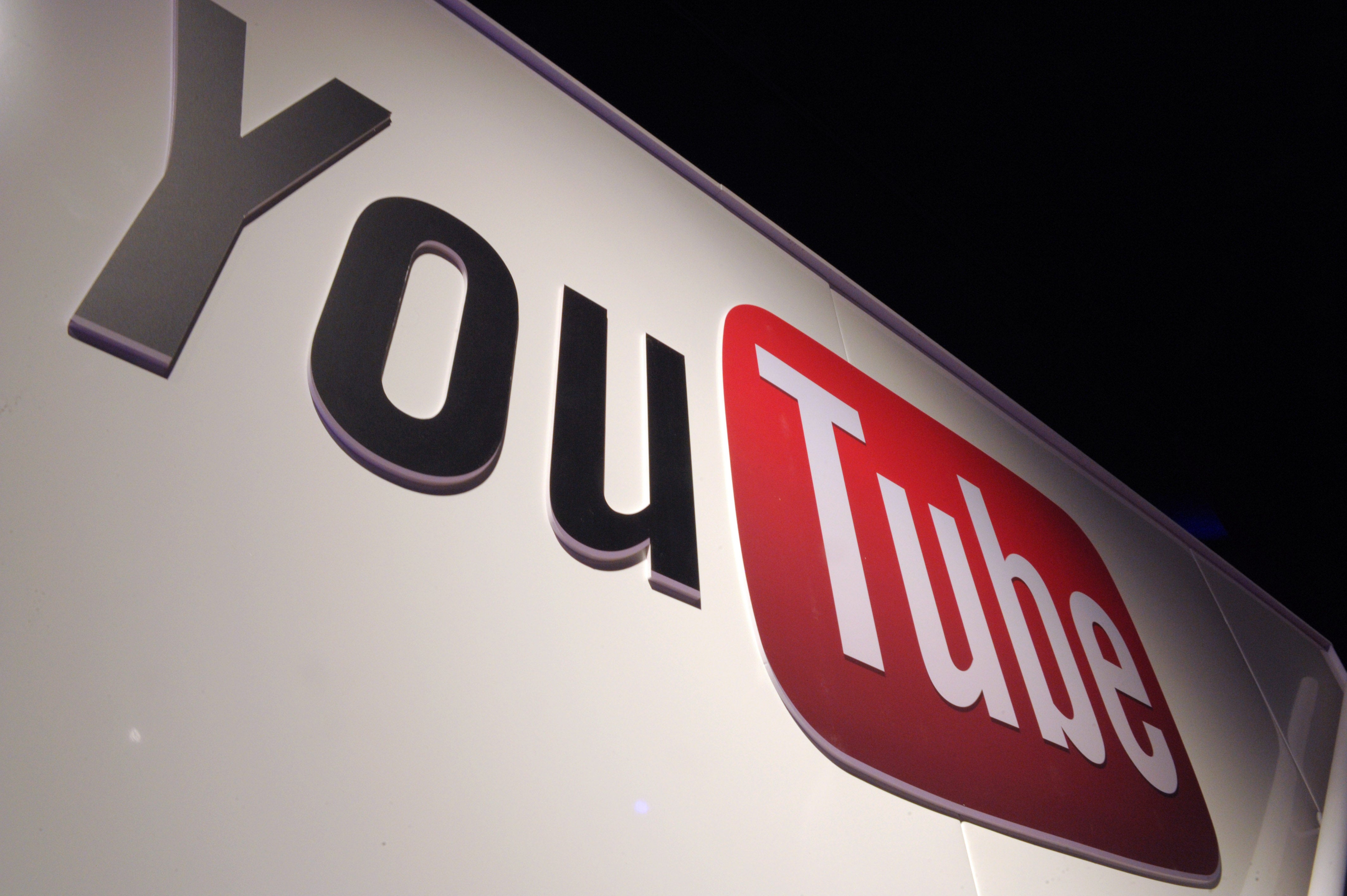YouTube videos that trained Buffalo shooter remained up five days after tragedy
Gun modification videos that the shooter watched, which are banned by YouTube’s community guidelines, have remained up five days after the tragedy

Your support helps us to tell the story
From reproductive rights to climate change to Big Tech, The Independent is on the ground when the story is developing. Whether it's investigating the financials of Elon Musk's pro-Trump PAC or producing our latest documentary, 'The A Word', which shines a light on the American women fighting for reproductive rights, we know how important it is to parse out the facts from the messaging.
At such a critical moment in US history, we need reporters on the ground. Your donation allows us to keep sending journalists to speak to both sides of the story.
The Independent is trusted by Americans across the entire political spectrum. And unlike many other quality news outlets, we choose not to lock Americans out of our reporting and analysis with paywalls. We believe quality journalism should be available to everyone, paid for by those who can afford it.
Your support makes all the difference.YouTube videos that the Buffalo gunman watched to illegally modify his rifle were still available on the site five days after the shooting that killed 10 Black people in New York.
Some of the videos appear to violate YouTube’s community guidelines – which ban content that shows how to install gun accessories.
In a letter to YouTube, the advocacy group Everytown for Gun Safety Support Fund called on the video platform to enforce its policies.
“Based on our review of the writings by the shooter in the Buffalo mass shooting, it appears that he honed his knowledge of firearms and firearm modifications on YouTube. Just days before his attack, posts attributed to the shooter on Discord read, ‘I’ve just been sitting around watching youtube [sic] and shit for the last few days. This is the closest I’ll ever be to being ready’.
“Technology platforms, such as YouTube, have a responsibility to users and the public at-large to ensure that posts do not incite violence or promote extremist content. In fact, YouTube’s own Community Guidelines speak to this, explicitly restricting posts that sell firearms or provide instructions on manufacturing or modifying firearms.
“Yet, as enumerated below, the shooter’s own writings provide links to several videos on YouTube – still available as of this writing – demonstrating that he used your platform to learn how to build and modify guns, and then subsequently sought to instruct future mass shooters with the same material.”
The videos cited by the shooter feature titles including “How to make your AR-15 NY and CA compliant”, “How to remove a California bullet button and install a magazine release”, and “The AR-15 Rifle – Upper & Lower Assembly + Accessory Tips”. There are dozens of videos the shooter referenced in his writings, the letter states.
“We will never know the full extent to what the shooter learned about the modification of guns on YouTube, but in his own words, ‘daily reminder I’m not a mechanic or a gunsmith so bear with me.’ These videos showing how to modify weapons allow untrained individuals to quickly develop the expertise to be able to modify weapons in ways that are dangerous”, it goes on.
“We’re committed to enforcing our firearms policy, which prohibits content intended to instruct viewers how to make firearms or to manufacture accessories that convert a firearm to automatic fire. Upon review of the videos provided to YouTube, we determined that none violated our policies. However, we removed other videos shared in the Discord chat logs by the suspect in the Buffalo shooting for violating our Community Guidelines, which prohibit content linking to websites that violate our policies”, YouTube said in a statement.
The video giant faces difficulties moderating its platform because of the sheer volume of content that is on it. During the Christchurch shooting in New Zealand in 2019, YouTube’s team had to work through the night, trying to identify and remove tens of thousands of videos – many repackaged or recut versions of the original footage that showed the horrific murders.
As soon as the group took down one, another would appear, as quickly as one per second in the hours after the shooting, according to Neal Mohan, YouTube’s chief product officer.
YouTube had to take unprecedented steps to deal with the issue, including temporarily disabling several search functions and cutting off human review features to speed the removal of videos.
However, YouTube can also be used to radicalise shooters. An 800 page report on the 2019 shooting argued that “YouTube was a significant source of information and inspiration” for the shooter, who was “not a frequent commentator on extreme right-wing sites”, according to New Zealand Prime Minister Jacinda Ardern, speaking about the report.
“We’ve made significant progress in our work to combat hate speech on YouTube since the tragic attack at Christchurch,” said a YouTube spokesperson in an email at the time. “In 2019 we strengthened our hate speech policy which has resulted in the termination of channels mentioned in the report, and led to a 5x spike in the number of hate videos removed from YouTube.”
Join our commenting forum
Join thought-provoking conversations, follow other Independent readers and see their replies
Comments